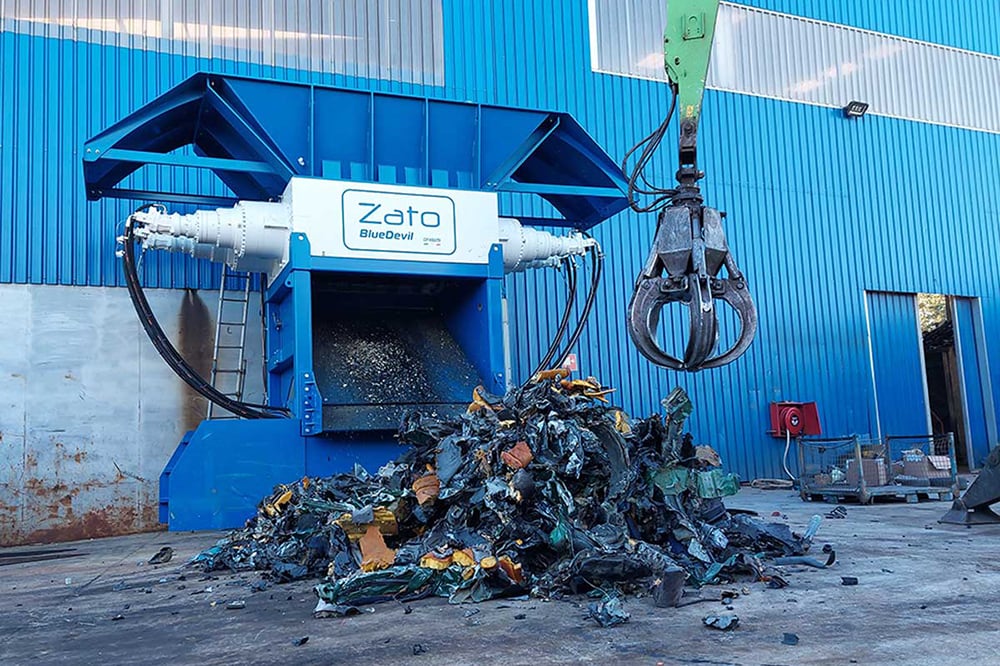The climate crisis has forced companies worldwide to start a new risk management chapter that involves social responsibility and reputational risk.
 Zato manufactures attachments and plant for the recycling supply chain.
Zato manufactures attachments and plant for the recycling supply chain.
It’s an essential link of a virtuous chain that distinguishes circular economy and the ferrous scrap recycling and recovering industry.
Zato’s technology shreds, reduces, separates, and cleans ferrous and non-ferrous scrap and prepares it for the melting furnace. This way, Zato helps keep the ecosystem cleaner.
Every ton of recycled steel (aluminium) helps save 1.1 tons of iron ore, 630 kg of coal, 55 kg of limescale, 52 kilowatt-hours of electricity, 1.8 oil barrels, and 2.3 cubic metres of landfill space (Source: Ufficio Studi Siderweb).
According to Confindustria, the world recycles about 14 tons of steel per second.
 Zato operates in a market niche
Zato operates in a market niche
It designs and manufactures systems for treating scrap and regenerating ferrous and non-ferrous materials. Thanks to continuous process and product innovation, Zato improves the system’s effectiveness, detecting and eliminating any negative aspects.
Zato has implemented its technology and expertise, using Artificial Intelligence (AI), Augmented Reality (AR), and predictive maintenance for managing and controlling its systems. This way, Zato applies a circular thinking model to its product design strategies, slowing down the obsolescence circle and focusing on product durability and reliability.
In all these years, Zato has invested in R&D and digital technology, promoting a smart factory 4.0 model, and thus ensuring digitised, dynamic, and fluid production, thanks to interconnected systems that collect and use the data available in the best way possible.
Optimising machine operation and management is essential for accelerating the transition towards circular economy.
AI algorithms can predict failures and problems during the product’s life cycle, making it more circular by extending its useful life. That’s why we at Zato have fitted our products with machine-learning technology, which has allowed us to make predictive analyses for maintenance and system components. This way, we can detect problems early and prevent failures, extending our machines’ useful life and improving the quality of our services.



